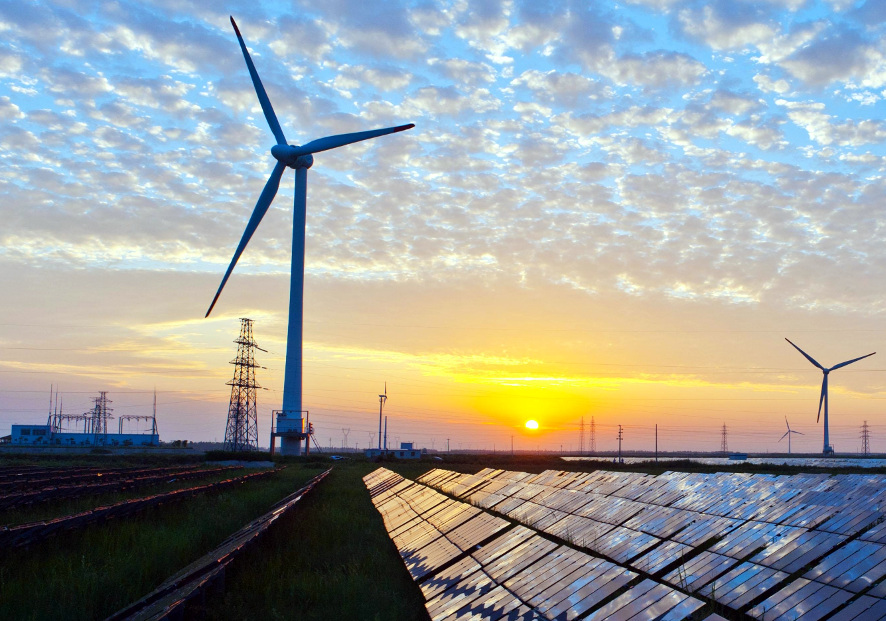The world is changing. Climate change and depletion of natural resources are forcing us to rethink our lifestyles and how we live on this planet. There has been a shift in the way people think about energy, with an increased focus on renewable sources that do not emit greenhouse gases or create pollution. The goal now is finding solutions that will work for everyone — not just those who can afford it.

Clean energy is a good example. It refers to sustainable power sources that have little or no negative impact on the environment, and businesses are starting to invest in cleaner alternatives because of this growing demand from consumers as well as environmental concerns regarding carbon emissions usage. Solar panels, wind turbines, and geothermal heating systems are some of the most popular ways people can compensate for their use of fossil fuels by investing in renewable resources instead.
At the same time, clean energy has been increasingly used at home thanks to new technologies such as Tesla’s Powerwall battery storage system which allows individuals with solar panels on their roofs to collect excess electricity during sunny days and store it for future use when needed — reducing reliance on grid-supplied power. However, despite all these advancements, the cost of clean energy technologies remains a major obstacle for many people who want to make the switch.
This is where policy comes into play. Governments can help by implementing measures that make it easier and more affordable for citizens to adopt cleaner energy solutions. Tax breaks, rebates, and other incentives would provide a much-needed boost to the industry while reducing emissions at the same time.
It’s important that these policies are designed in a way that takes into account different needs across geographies and income levels. For example, low-income households may need assistance with installation costs or access to financing options, while rural communities may require specific targeting due to their lack of infrastructure or remote location.
The good news is that there are already examples of countries taking these steps. China’s plan to invest $361 billion in renewable power generation by 2020 is only one of the most notable examples, but there are other good initiatives being implemented around the world that can serve as inspiration for future efforts.
Clean energy has come a long way since its early days. Thanks to new technology and financing models along with increased public awareness on climate change, it looks like we’re finally getting closer to achieving clean air and reducing our negative impact on this planet — even if progress isn’t happening fast enough or at a large enough scale just yet.